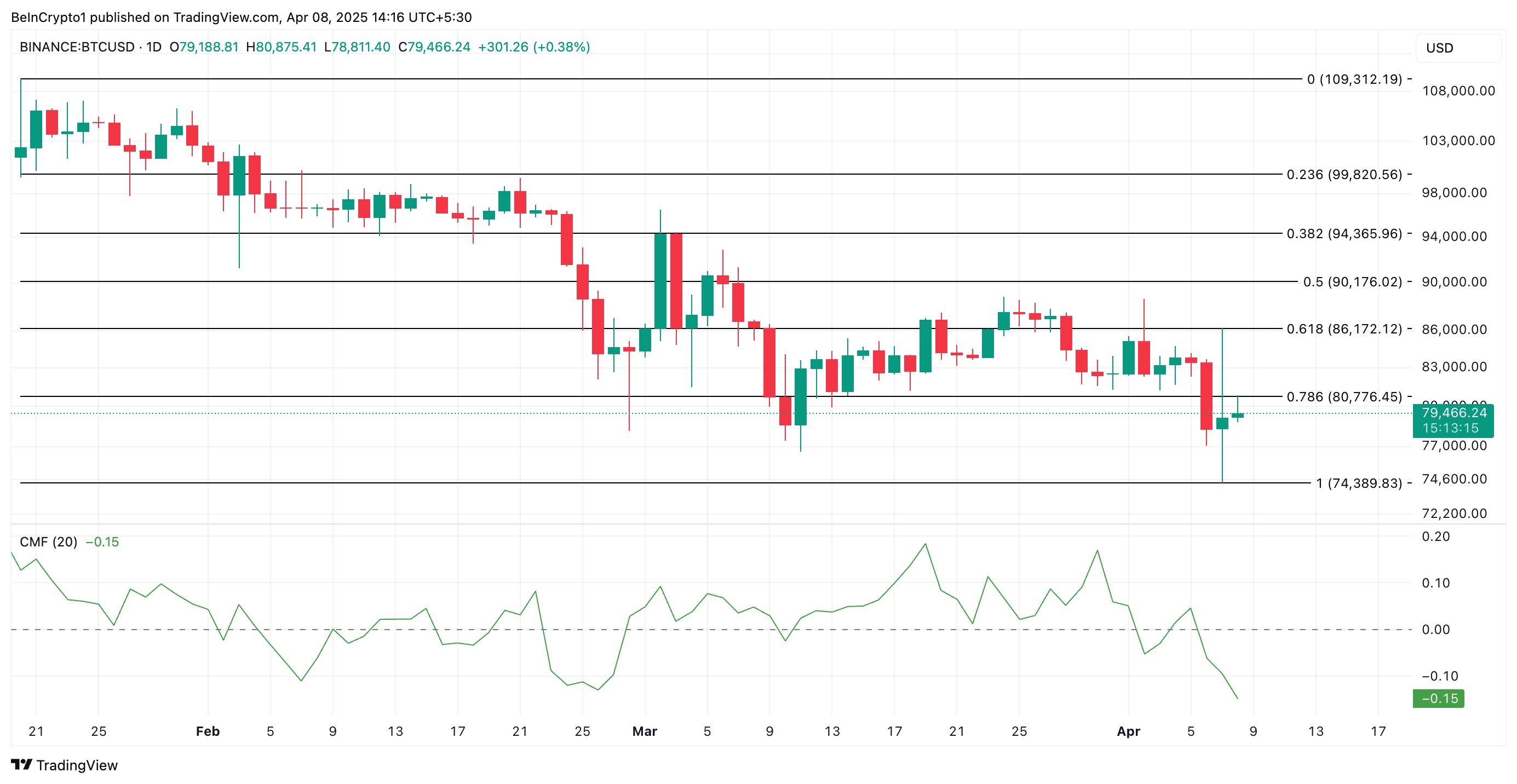-
As Bitcoin faces mounting bearish pressure, long-term holders are starting to move their coins to exchanges, hinting at a substantial shift in market sentiment.
-
This trend marks a significant departure from the typical behavior of Bitcoin’s long-term holders, who generally retain their investments through market volatility.
-
According to CryptoQuant, the surge in Coin Days Destroyed indicates that even the most steadfast holders are losing their conviction amid current market conditions.
Bitcoin’s long-term holders are moving coins to exchanges, signaling doubts about market recovery, as Coin Days Destroyed soars 850% since April.
Old BTC Heads to Exchanges — Are Long-Term Holders Losing Confidence?
The recent increase in Coin Days Destroyed (CDD) for Bitcoin being deposited onto exchanges highlights changing dynamics among long-term holders. Currently, the CDD stands at an impressive 1.79 million, a remarkable increase of over 850% since April.
According to CryptoQuant, this surge signals a notable shift in behavior, with long-term holders transferring their assets and potentially readying for sell-offs. This behavior contradicts their usual trend of holding, which underscores the prevailing uncertainty in the market.

The Bitcoin Exchange Inflow CDD describes the volume of older coins inflowing into exchanges, calculated by multiplying the amount of Bitcoin moved by the number of days those coins were held without being spent. A spike in this metric typically indicates that long-term holders – often referred to as having “strong hands” – are making moves that could signal impending sell-offs.
This behavior adds significant weight to the argument that confidence in Bitcoin’s market largely remains cautious. In conjunction with this trend, the derivatives market shows signs of increasing bearish sentiment, as reflected by the current taker buy-sell ratio, which indicates that sell orders are outweighing buys.

This bearish trend underlines that traders in the derivatives market are preparing for further declines, amplifying existing concerns surrounding Bitcoin’s price stability.
BTC Rally Faces Resistance as Buying Power Weakens
Despite recent bearish activity, Bitcoin experienced a slight uptick in price, attributed to a broader recovery phase within the cryptocurrency market, which saw an additional $48 billion in market capitalization over the past day. This had pushed Bitcoin’s price up by approximately 4% in the last 24 hours.
Nonetheless, this recent surge may be misleading as it occurs alongside a significant decline in the Chaikin Money Flow (CMF), a critical indicator of buying and selling pressure. At present, the CMF has dipped below the zero threshold to -0.15, declining steadily.
The emergence of a bearish divergence—where asset prices increase while the CMF falls—suggests underlying weakness in buying pressure, which could lead to further declines if the current trend sustains. Should this pattern persist, analysts speculate that Bitcoin may have the potential to drop as low as $74,389.

Conversely, should Bitcoin manage to attract renewed trading demand, it may sustain its rally and potentially reclaim the $80,776 mark in the near term.
Conclusion
In conclusion, the recent movements among Bitcoin’s long-term holders reveal a worrying trend amid heightened bearish sentiment. As these seasoned investors transfer their coins to exchanges, the market grapples with declining confidence, evidenced by the increased Coin Days Destroyed and shifts in derivative market behavior. The outlook suggests a cautious approach moving forward, with potential price corrections likely unless renewed demand emerges to stabilize the market.
